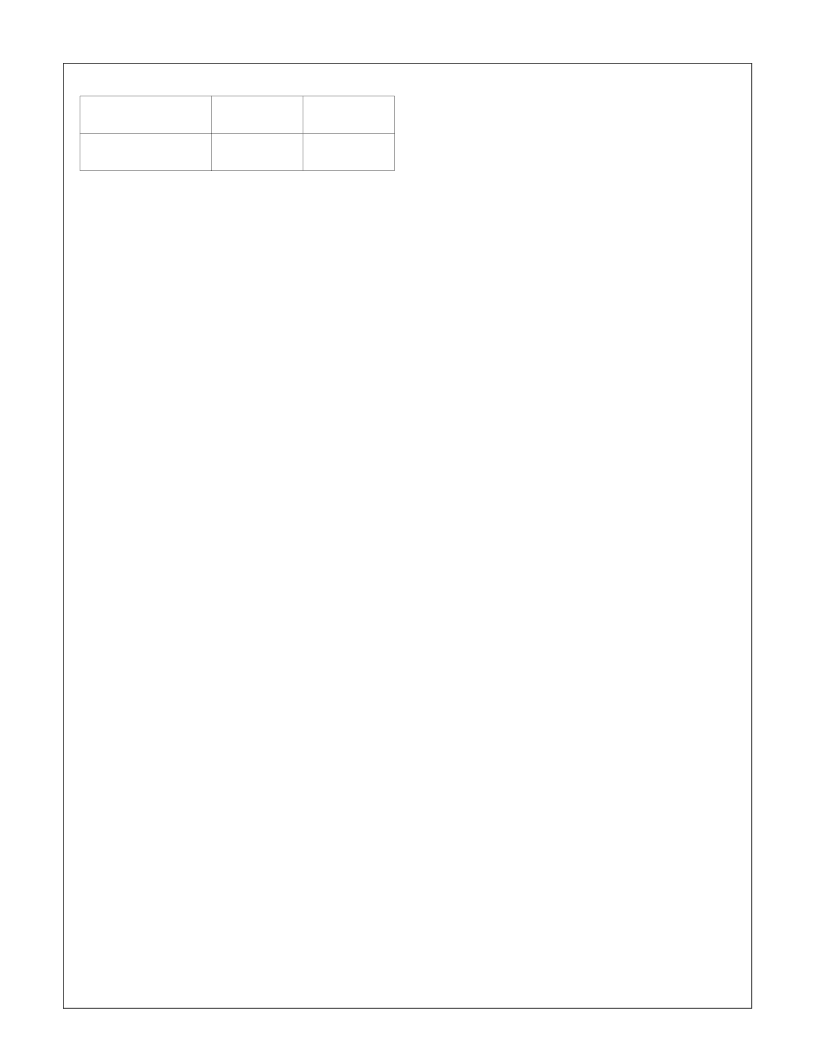- 您現(xiàn)在的位置:買賣IC網(wǎng) > PDF目錄366891 > CR16MCS9VJE8 Microcontroller PDF資料下載
參數(shù)資料
| 型號: | CR16MCS9VJE8 |
| 英文描述: | Microcontroller |
| 中文描述: | 微控制器 |
| 文件頁數(shù): | 88/157頁 |
| 文件大小: | 1256K |
| 代理商: | CR16MCS9VJE8 |
第1頁第2頁第3頁第4頁第5頁第6頁第7頁第8頁第9頁第10頁第11頁第12頁第13頁第14頁第15頁第16頁第17頁第18頁第19頁第20頁第21頁第22頁第23頁第24頁第25頁第26頁第27頁第28頁第29頁第30頁第31頁第32頁第33頁第34頁第35頁第36頁第37頁第38頁第39頁第40頁第41頁第42頁第43頁第44頁第45頁第46頁第47頁第48頁第49頁第50頁第51頁第52頁第53頁第54頁第55頁第56頁第57頁第58頁第59頁第60頁第61頁第62頁第63頁第64頁第65頁第66頁第67頁第68頁第69頁第70頁第71頁第72頁第73頁第74頁第75頁第76頁第77頁第78頁第79頁第80頁第81頁第82頁第83頁第84頁第85頁第86頁第87頁當(dāng)前第88頁第89頁第90頁第91頁第92頁第93頁第94頁第95頁第96頁第97頁第98頁第99頁第100頁第101頁第102頁第103頁第104頁第105頁第106頁第107頁第108頁第109頁第110頁第111頁第112頁第113頁第114頁第115頁第116頁第117頁第118頁第119頁第120頁第121頁第122頁第123頁第124頁第125頁第126頁第127頁第128頁第129頁第130頁第131頁第132頁第133頁第134頁第135頁第136頁第137頁第138頁第139頁第140頁第141頁第142頁第143頁第144頁第145頁第146頁第147頁第148頁第149頁第150頁第151頁第152頁第153頁第154頁第155頁第156頁第157頁

www.national.com
88
Frame Fields
Data and remote frames consist of the following different bit
fields:
— Start of Frame
— Arbitration Field
— Control Field
— Data Field
— CRC Field
— ACK Field
— EOF Field
The
Start of Frame
indicates the beginning of data and re-
mote frames. It consists of a single 'dominant' bit. A node is
only allowed to start transmission when the bus is idle. All
nodes have to synchronize to the leading edge (first edge af-
ter the bus was idle) caused by SOF of the node which starts
transmission first.
The
Arbitration field
consists of the identifier field and the
RTR (Remote Transmission Request) bit. For extended
frames there is also a SRR (Substitute Remote Request) and
a IDE (ID Extension) bit inserted between ID18 and ID17 of
the identifier field. The value of the RTR bit is 'dominant' in a
data frame and 'recessive' in a remote frame.
The
Control field
consists of six bits. For standard frames it
starts with the ID Extension bit (IDE) and a reserved bit
(RB0). For extended frames the control field starts with two
reserved bits (RB1, RB0). These bits are followed by the 4-
bit Data Length Code (DLC).
The CR16CAN receiver accepts all possible combinations of
the reserved bits (RB1, RB0). The transmitter must be con-
figured to send only '0' bits.
The DLC indicates the number of bytes in the data field. It
consists of four bits. The data field can be of length zero. The
admissible number of data bytes for a data frame ranges
from 0 to 8.
The
Data field
consists of the data to be transferred within a
data frame. It can contain 0 to 8 bytes. A remote frame has
no data field.
The
CRC field
consists of the CRC sequence followed by the
CRC delimiter. The CRC sequence is derived by the trans-
mitter from the modulo 2 division of the preceding bit fields,
starting with the SOF up to the end of the data field, excluding
stuff-bits, by the generator polynomial:
The remainder of this division is the CRC sequence transmit-
ted over the bus. On the receiver side, the module divides all
bit fields up to the CRC delimiter excluding stuff-bits, and
checks if the result is zero. This will then be interpreted as a
valid CRC. After the CRC sequence a single ‘recessive’ bit is
transmitted as the CRC delimiter.
The
ACK field
is two bits long and contains the ACK slot and
the ACK delimiter. The ACK slot is filled with a ‘recessive’ bit
by the transmitter. This bit is overwritten with a ‘dominant’ bit
by every receiver that has received a correct CRC sequence.
The second bit of the ACK field is a ‘recessive’ bit called the
acknowledge delimiter.
The
End of Frame field
closes a data and a remote frame.
It consists of seven ‘recessive’ bits.
Data Frame
The structure of a standard and extended data frame is
shown in Figure 46.
A CAN data frame consists of the following fields as previ-
ously described:
— Start of Frame (SOF)
— Arbitration field + Extended Arbitration
— Control field
— Data field
— Cyclic Redundancy Check field (CRC)
— Acknowledgment field (ACK)
— End of Frame (EOF)
Remote Frame
Figure 47 shows the structure of a standard and extended re-
mote frame.
A remote frame is comprised of the following fields sections,
which is the same as a data frame (see Frame Fields on page
88) except for the data field, which is not present.
— Start of Frame (SOF)
— Arbitration field + Extended Arbitration
— Control field
— Cyclic Redundancy Check field (CRC)
— Acknowledgment field (ACK)
— End of Frame (EOF)
Note that the DLC must have the same value as the corre-
sponding data frame to prevent contention on the bus. The
RTR bit is ‘recessive’.
original or destuffed bit
stream
10000011111x
a
a. x = {0,1}
01111100000x
stuffed bit stream
100000
1
1111
0
1
x
011111
0
0000
1
0
x
x
15
+ x
14
+ x
10
+ x
8
+ x
7
+ x
4
+ x
3
+ 1
相關(guān)PDF資料 |
PDF描述 |
|---|---|
| CR16MCS9VJE8Y | Microcontroller |
| CR16MCT5VJE7Y | Microcontroller |
| CR16HCS5VJE8 | Microcontroller |
| CR16HCS9VJE7Y | Microcontroller |
| CR16HCS9VJE8Y | Microcontroller |
相關(guān)代理商/技術(shù)參數(shù) |
參數(shù)描述 |
|---|---|
| CR16MCS9VJE8/NOPB | 功能描述:16位微控制器 - MCU RoHS:否 制造商:Texas Instruments 核心:RISC 處理器系列:MSP430FR572x 數(shù)據(jù)總線寬度:16 bit 最大時(shí)鐘頻率:24 MHz 程序存儲器大小:8 KB 數(shù)據(jù) RAM 大小:1 KB 片上 ADC:Yes 工作電源電壓:2 V to 3.6 V 工作溫度范圍:- 40 C to + 85 C 封裝 / 箱體:VQFN-40 安裝風(fēng)格:SMD/SMT |
| CR16MCS9VJE80 | 制造商:NSC 制造商全稱:National Semiconductor 功能描述:Family of 16-bit CAN-enabled CompactRISC Microcontrollers |
| CR16MCS9VJE81 | 制造商:NSC 制造商全稱:National Semiconductor 功能描述:Family of 16-bit CAN-enabled CompactRISC Microcontrollers |
| CR16MCS9VJE82 | 制造商:NSC 制造商全稱:National Semiconductor 功能描述:Family of 16-bit CAN-enabled CompactRISC Microcontrollers |
| CR16MCS9VJE83 | 制造商:NSC 制造商全稱:National Semiconductor 功能描述:Family of 16-bit CAN-enabled CompactRISC Microcontrollers |
發(fā)布緊急采購,3分鐘左右您將得到回復(fù)。